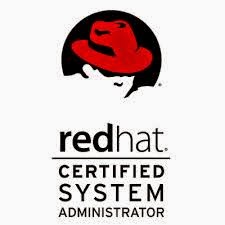How to enable dotnet framework feature in Windows2012 Server
If you have an application that you want to run on Windows Server 2012 that requires the .NET Framework 3.5, you will most likely run in to a problem when trying to install it. If you are trying to install .NET Framework 3.5 from the Server Manager GUI, you will see this when installing the feature: “Do you want to specify an alternate source path? One or more installation selections are missing source files…” To solve this, you can either: 1. Go to a command prompt and enter this: dism /online /enable-feature /featurename:NetFX3 /all /Source:d:\sources\sxs /LimitAccess Note: Source should be the Windows installation disc. In my case, this was located on D: 2. Go down to “Specify an alternate source path” and enter “d:\sources\sxs” as the path. Now you should see this under your Features list:
